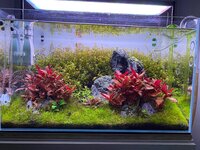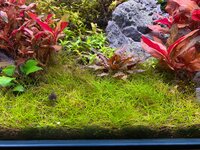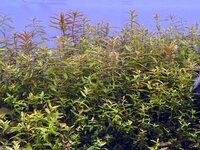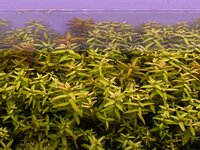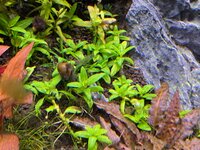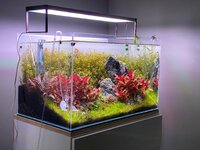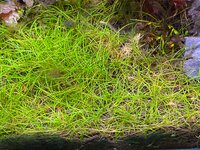Thanks for your input everyone. Today, I'm going to set CO2 on 30 mins earlier and take another pH profile as per Zeus's suggestion.
I do agree that these excessive water changes I've been doing twice a week can be tough on the system. Those have been out of necessity because of the algae. I'm gonna try and resist the urge to clean things up and keep it to once a week now. The increased CO2 and lower lighting should hopefully help with that.
So Witcher, you're suggesting that this regime is dosing too much Mg? I actually wasn't adding any Mg to my Macros until very recently and unfortunately had the same poor health plants. I was simply relying on whatever Mg Equilibrium provides. Does excess Mg increase the demand for Nitrate hence causing a deficiency? Regarding my red plants, A.R. is generally ok by my Rotala Macandra has never displayed red.One molecule of chlorophyll contains one part of Mg and 4 parts of N - that means that with your CO2 and 15ppm of Mg floating in the water plants cannot produce enough chlorophyll due to lack of available Nitrogen - that's why they move N from older leaves to new ones trying to compensate lack of it in the water, and that's why your green plants do melt.
I do agree that these excessive water changes I've been doing twice a week can be tough on the system. Those have been out of necessity because of the algae. I'm gonna try and resist the urge to clean things up and keep it to once a week now. The increased CO2 and lower lighting should hopefully help with that.


